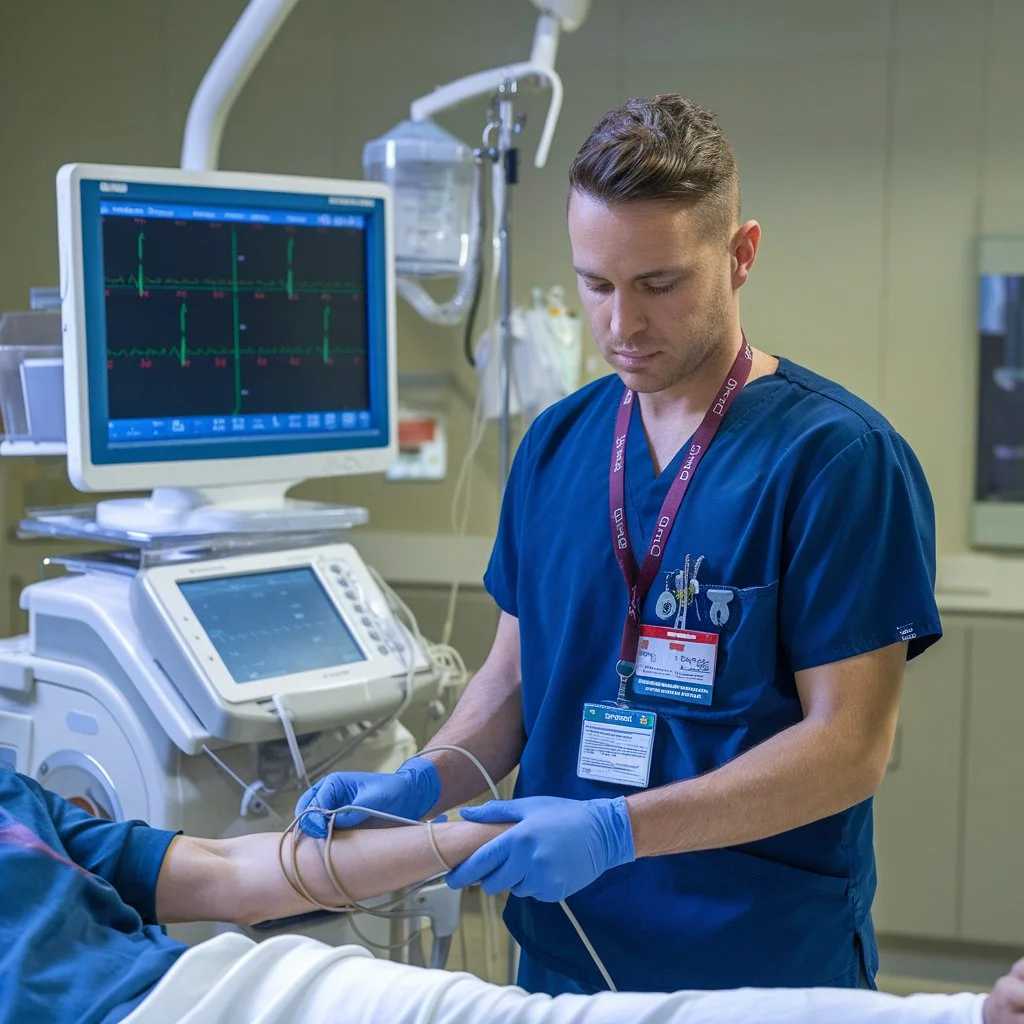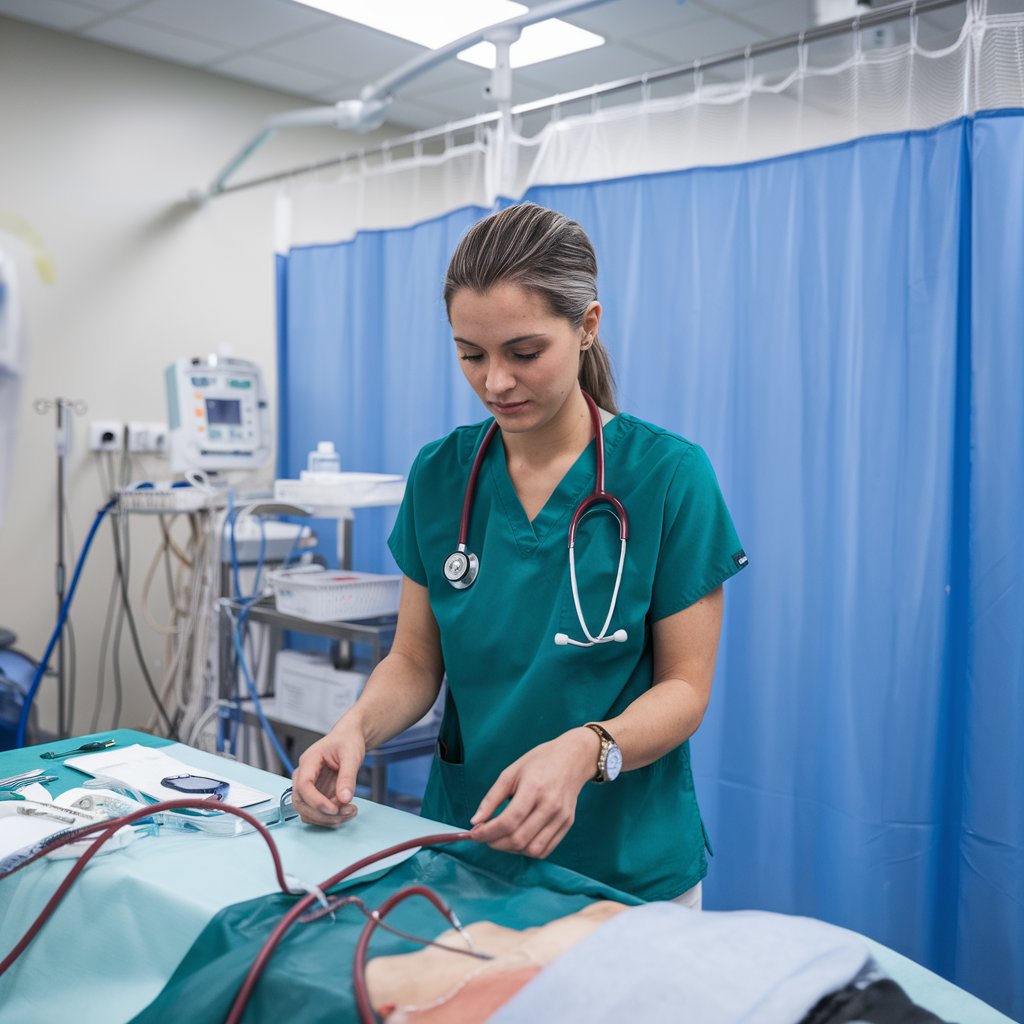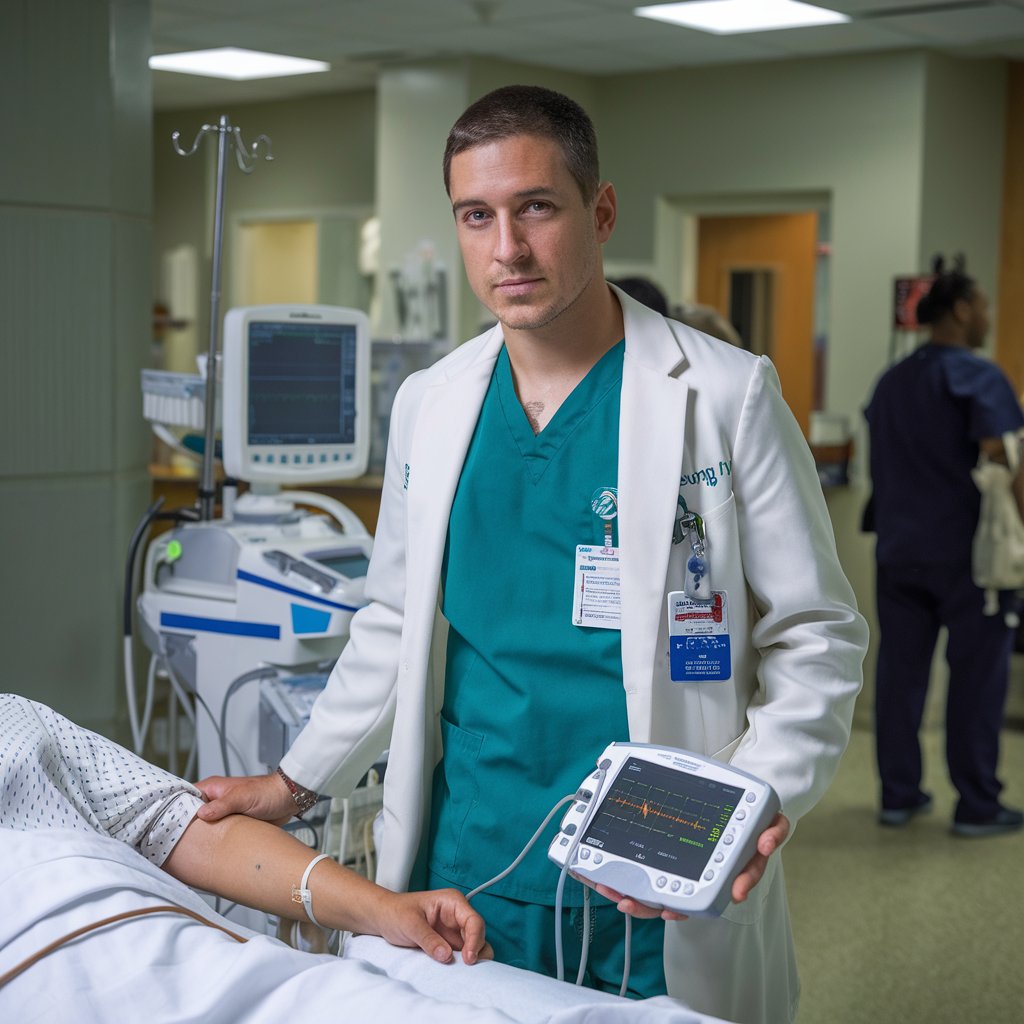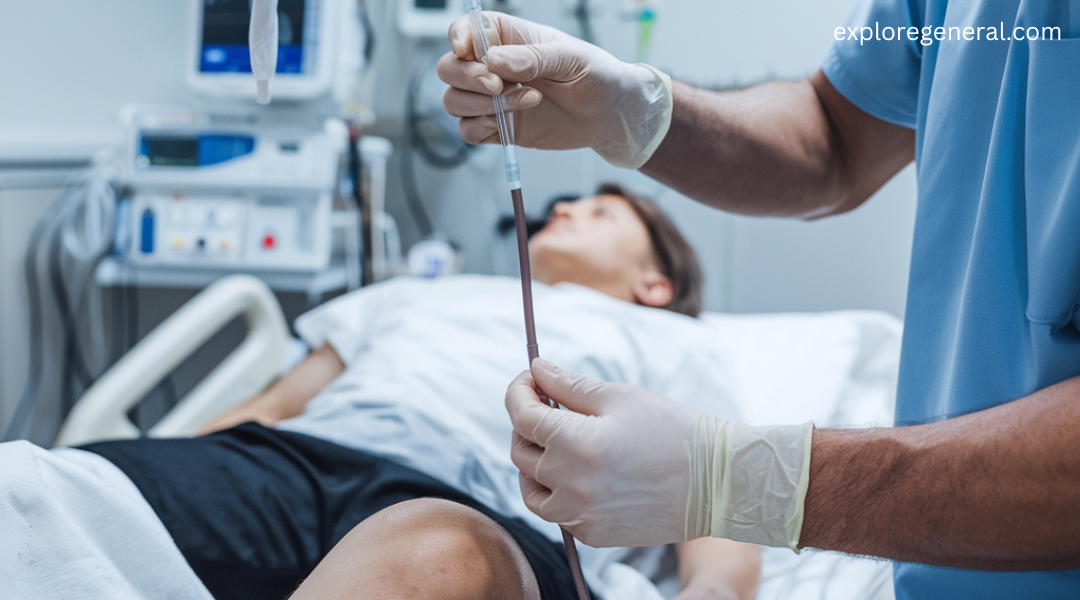A Cath Lab Tech, or Cardiac Catheterization Laboratory Technician, plays a pivotal role in the diagnosis and treatment of heart conditions. These healthcare professionals work alongside cardiologists and other medical staff in cath labs, where minimally invasive procedures such as angiograms, angioplasties, and stent placements are performed. As the demand for heart related procedures continues to rise, the role of a Cath Lab Tech has become increasingly vital. In this article, we will explore the responsibilities, training requirements, salary expectations, and job outlook for Cath Lab Techs, providing an in-depth look at this critical healthcare profession.

If you want to know more about How Much Does an Ultrasound Tech Make then checkout our last blog post.
Understanding the Role of a Cath Lab Tech
Cath Lab Technicians play an essential part in the cardiac catheterization process. This procedure involves inserting a catheter into the heart or blood vessels to examine the heart’s condition and treat specific ailments like coronary artery disease. During these procedures, Cath Lab Techs are responsible for setting up the equipment, ensuring the sterility of the environment, and assisting the cardiologist in navigating the catheter.
Unlike some other medical roles, Cath Lab Techs are uniquely positioned at the crossroads of technology and patient care. They operate specialized equipment such as X ray machines and fluoroscopy machines, which provide real time imaging during procedures. As a result, they must be proficient not only in medical knowledge but also in operating complex medical technology.
Key Responsibilities of a Cath Lab Tech
The primary job of a Cath Lab Tech is to assist in cardiac catheterization procedures. However, their role encompasses several different tasks both before, during, and after the procedure.
1. Preparation of the Cath Lab
Before any procedure begins, Cath Lab Techs play a vital role in preparing the cath lab. This preparation includes ensuring that all equipment is functional and sterile. They are responsible for setting up monitoring devices, positioning patients, and ensuring that all instruments, such as catheters, stents, and contrast agents, are readily available.
In addition, they may also help with patient education, explaining the procedure in a way that is understandable while alleviating any concerns. Cath Lab Techs must be able to communicate effectively, as many patients may feel anxious about heart-related procedures.
2. Assisting During the Procedure
During the catheterization procedure, Cath Lab Techs assist cardiologists in several ways. One of their key tasks is to operate the imaging equipment. Fluoroscopy is a real time X-ray technique that allows the cardiologist to see the catheter inside the patient’s body. The technician must carefully monitor the imaging equipment to ensure high quality images are captured, aiding the physician in making accurate decisions.
Additionally, they assist with patient positioning, ensuring that the patient is properly aligned for the procedure. They may also help administer medications or contrast agents to enhance the imaging results. Throughout the procedure, Cath Lab Techs are critical in maintaining a sterile environment, ensuring that infection control protocols are followed.
3. Post Procedure Care
After the procedure, Cath Lab Techs help monitor patients as they recover. They assist in removing catheters and ensure the patient is stable. They are also responsible for cleaning the cath lab and preparing it for the next procedure.
In some cases, Cath Lab Techs may help with documentation, entering procedure details into patient records. They might also assist in maintaining inventory and ordering supplies.
Required Education and Training
Becoming a Cath Lab Tech requires a combination of formal education, specialized training, and certification. Generally, aspiring Cath Lab Techs begin their careers with an associate’s degree in radiologic technology, nursing, or a related field. In some cases, a bachelor’s degree may be preferred, particularly for those wishing to advance into managerial or supervisory roles.
1. Radiologic Technologist Background
Many Cath Lab Techs begin their careers as radiologic technologists (X ray techs). Radiologic technology programs typically take about two years to complete and offer a solid foundation in patient care, medical imaging, and radiation safety. After completing their degree, graduates are required to pass a licensing exam from the American Registry of Radiologic Technologists (ARRT) to become a certified radiologic technologist.
2. Specialized Cath Lab Tech Training
After becoming a certified radiologic technologist, individuals who want to specialize as Cath Lab Techs need to undergo additional training. Many hospitals or healthcare facilities offer on the job training, where techs gain hands on experience in the cath lab, learning how to operate specialized cardiac imaging equipment and assist in catheterization procedures.
In some cases, Cath Lab Techs may also attend specialized programs offered by universities or medical institutions. These programs typically last about 6 to 12 months and focus on the specific skills and knowledge needed for catheterization procedures.
3. Certification and Continuing Education
Certification is crucial for Cath Lab Techs. The Cardiovascular Credentialing International (CCI) offers certifications for Certified Cardiovascular Technologists (CCVTs), which can help advance a tech’s career. The American Registry of Radiologic Technologists (ARRT) also offers certification specifically for those specializing in cardiac interventional radiology.

If you want to know more about How Much Does an Ultrasound Tech Make then checkout our last blog post.
Additionally, continuing education is important in this field. As medical technology evolves, Cath Lab Techs must stay current on new equipment, techniques, and safety protocols. Many employers require continuing education as part of the re certification process, which helps techs stay on top of advancements in cardiac care.
Salary Expectations for Cath Lab Techs
The salary of a Cath Lab Tech can vary based on factors such as experience, location, workplace setting, and specialization. However, according to the U.S. Bureau of Labor Statistics (BLS), the median annual wage for cardiovascular technologists and technicians, which includes Cath Lab Techs, was $60,000 as of 2021.
The lowest 10% earn around $45,000 annually, while the top 10% can earn over $85,000 per year, depending on experience, location, and the level of responsibility. For example, those working in metropolitan areas or major healthcare centers tend to earn more due to higher demand and cost of living. On average, Cath Lab Techs in California or New York can earn closer to $80,000 to $90,000 annually.
Moreover, those with more experience, certifications, and specialized skills often command higher wages. Cath Lab Techs who have advanced into supervisory or lead roles may see salaries exceeding $90,000 per year. Techs who specialize in high demand areas such as interventional radiology or pediatric cardiology may also have higher earning potential.
Job Outlook and Career Growth
The job outlook for Cath Lab Techs is very positive. The Bureau of Labor Statistics projects that employment for cardiovascular technologists and technicians will grow by 7% from 2021 to 2031, faster than the average growth rate for all occupations. This growth is driven by an aging population, which requires more medical services, including diagnostic and therapeutic heart procedures. As heart disease remains one of the leading causes of death worldwide, demand for catheterization procedures is expected to rise.
As medical technology improves, Cath Lab Techs will be expected to operate increasingly sophisticated equipment, enhancing their skill set and, potentially, their earning potential. Furthermore, the specialization of certain cardiac procedures will create opportunities for specialized techs in specific areas, offering a broader range of career paths within the field.
Career Advancement Opportunities
There are several pathways for Cath Lab Techs to advance their careers. Some choose to specialize in certain areas of cardiac care, such as interventional cardiology or pediatric sonography, which can lead to higher paying positions. Others may pursue roles as supervisors, managers, or clinical instructors. Some Cath Lab Techs choose to expand their skills further by becoming cardiovascular technologist trainers or moving into research and development roles within medical device companies.
Moreover, there are opportunities to branch out into broader healthcare administration or leadership positions for those interested in overseeing cath labs, hospitals, or entire cardiology departments.

If you want to know more about How Much Does an Ultrasound Tech Make then checkout our last blog post.
Conclusion
Cath Lab Techs are vital members of the medical team, specializing in cardiac care and playing a crucial role in ensuring that heart related procedures run smoothly and safely. With solid salaries, job stability, and numerous career advancement opportunities, the profession offers significant growth potential for those interested in the healthcare field.
By combining medical knowledge, technical expertise, and the ability to work under pressure, Cath Lab Techs help save lives and improve patient outcomes. If you are considering a career in healthcare, becoming a Cath Lab Tech is a rewarding option with promising job prospects and the opportunity to make a real difference in the lives of patients suffering from heart disease.



Pingback: Generate Organic Visits for Your Google Business Profile